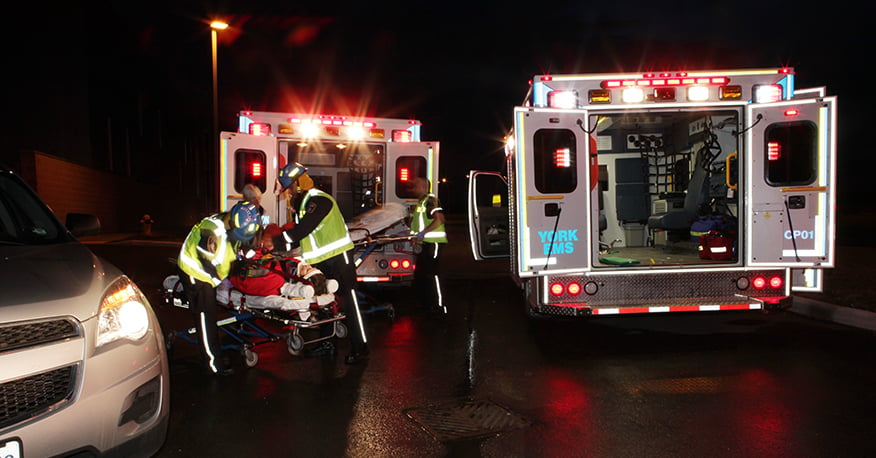February 08, 2017
Dear Minister Dr. Eric Hoskins:
On December 19, 2016, a response to the Ministry of Health and Long-Term Care (MOHLTC) discussion paper entitled “Patients First – Expanding Medical Responses” was sent to your office, signed by both of us, on behalf of CUPE Ontario and CUPE Ontario’s Ambulance Coordinating Committee (CACO) representing the more than 5,000 CUPE paramedics and ambulance communications officers in Ontario. As you know, CUPE represents a large majority of the paramedics and ambulance communications officers in Ontario.
Premier Kathleen Wynne stated at the Association of Municipalities of Ontario (AMO) conference in August 2016 that a decision on the issue of firefighters performing paramedic work would be “evidence-based.” CUPE’s submission provides all the necessary evidence your ministry and the Premier’s Office require to decide that any proposal premised on directing firefighters to take over and perform the work now done by Ontario’s paramedics, is deeply flawed.
CUPE has identified, for your ministry, many areas in which the quality of patient care would be put in jeopardy if a model anything like the one defined in the discussion paper is introduced. These included: lack of oversight for paramedic services in fire departments; twenty-four (24) hour shifts and the detrimental impact this schedule has on a person’s capabilities to work safely and effectively; problems in transferring responsibility from a fire service to an Emergency Medical Service (EMS) and the high likelihood of tragic miscommunication; and the inevitable diminishment of emergency medical expertise that comes with this proposal.
Additionally, CUPE notes, as do your government’s own consultation papers, the significant cost differential. The average cost for fire department service is $118 more per hour than ambulance service resulting in a cost over one million dollars annually per fire vehicle. The ministry figures would support this calculation. Further, as our friends at AMO have pointed out, wage and capital costs will be increased at the municipal level under any proposed model.
There is no evidence that expanding medical responses by certified paramedics while on fire service would in any way improve patient outcomes. It is an idea that will make matters worse, not better.
From what has been reported to us, the main actors in this sector have opposed this model (and the still more radical proposal advocated publicly by the OPFFA). We have requested copies of the submissions on this proposal to the ministry through a freedom of information request. However, we would suggest that the ministry should simply release these submissions so that the public may understand the balance of informed opinion on this matter.
Now that this latest round of consultation is complete, and noting the air of uncertainty that looms over this unusually long discussion, we hope you and your ministry will soon announce that the discussion has reached an end. Furthermore, we hope that, after considering all the evidence, the conclusion will be that, while there will always be room to enhance and improve emergency services, the transferring of roles and responsibilities from paramedics over to fire departments is not a way Ontario will achieve those improvements.
Finally, we ask that the province turn its attention toward a closer examination of the potential benefits of an expansion of community paramedicine in Ontario, something that would enhance, expand and support our EMS and about which CUPE would be eager to share the benefits of our direct experience.
Thank you and we look forward to your reply.
Sincerely
Fred Hahn Jeff Van Pelt
President Chair
CUPE Ontario CUPE Ambulance Committee (CACO)
cc: The Honourable Kathleen Wynne, Premier of Ontario
The Honourable Bill Mauro, Minister of Municipal Affairs

